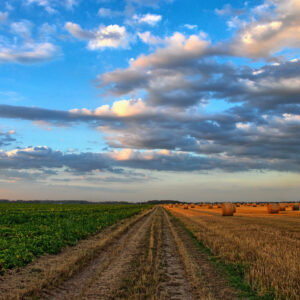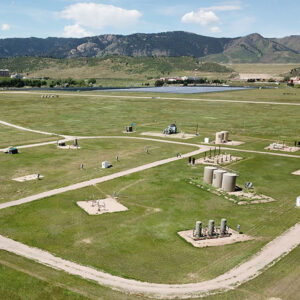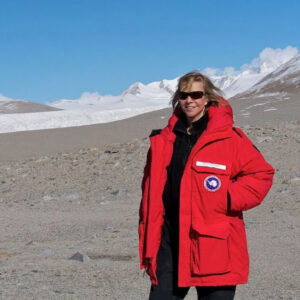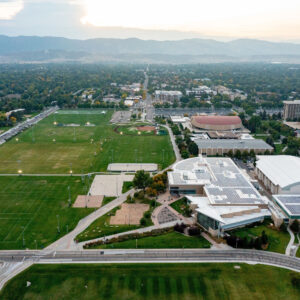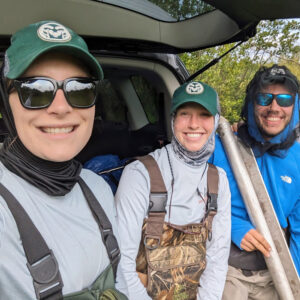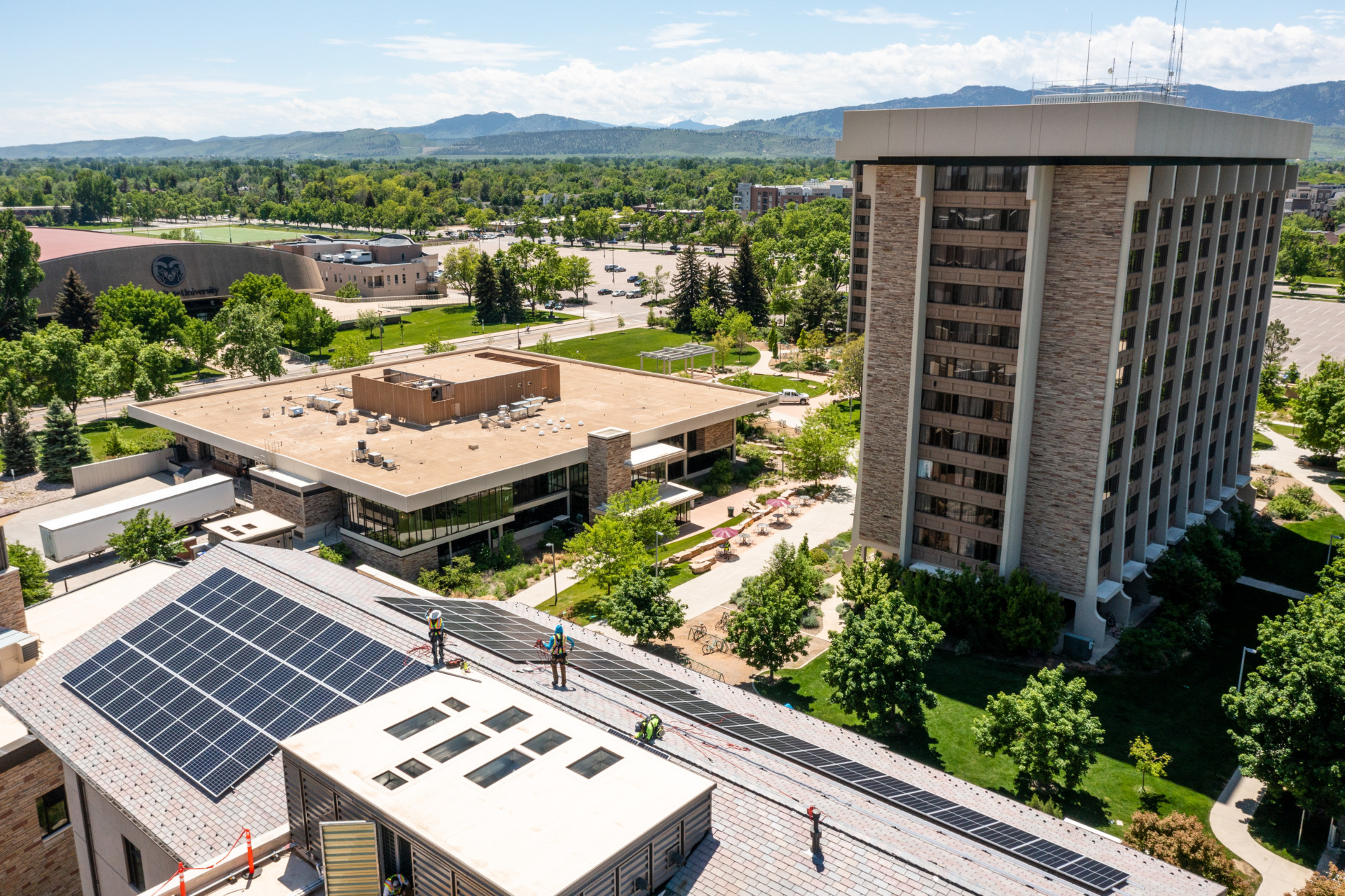
What’s the biggest climate challenge?
The need for interdisciplinary research and education to address climate change
op-ed by Eliisa Carter and Courtney Schultz
published April 11, 2024
The science establishing the reality of human-driven climate change is clear: We will see warming beyond 1.5 degrees Celsius, which will bring profound changes to Earth systems for centuries to come.
There is much to learn about the specific impacts we will face, their implications for Earth and human systems, and the innovations needed to transition to a warmer future and a carbon-neutral, more socially equitable economy. As climate change will affect every fiber of society for decades to come, envisioning a climate-resilient future requires moving beyond traditional academic silos for both research and education.
Reducing greenhouse gas emissions and adapting to a warmer world will require transforming foundational aspects of human society. Consider the challenges of reducing carbon emissions in our farms and food systems or addressing smoke impacts from wildfires. These challenges require studying the science of smoke composition or soil carbon cycling while also looking at human health impacts, shifting growing seasons and how to incentivize less carbon-intensive practices and more climate-adaptive forest management.
Our field of forest and fire management presents a fascinating research context because people seek an enormous range of benefits from forests — recreation, solitude, timber products, wildlife habitat, watershed protection and, most recently, carbon storage. While forests have the potential to be a major player in climate change mitigation (reducing carbon dioxide concentrations), climate change is driving more fire, affecting habitats and water supplies and the ability of forests to persist and sequester carbon. Many Western forests, with their dry, fire-prone ecosystems and exposure to climate-driven disturbances like drought and disease, provide a testbed for examining the balance of managing ecosystems to adapt to new climate conditions while still sequestering carbon.
Forestry also requires understanding what local communities need from their forests. Any work on forests must consider ecology, social and economic demands, and drivers of forest management. Our recent research investigated the relative strength of forest management and climate as a driver of forests and potential socio-economic scenarios shaping future forest management.
This raises questions about implications for wood product production, fire, wildlife and the many people dependent on forests. Pre-fire planning and improved seed sources will be necessary to support ecosystem resilience, along with learning how to engage community members in promoting community resilience. Marginalized, low-income communities suffer the most from fire and other natural hazards, making it imperative that our work addresses justice and inclusivity. Land management professionals need continuing education on addressing climate change on their lands. And carbon markets will have a tremendous impact on land use decision-making and financial incentives within natural resource management, but also must maintain the long-term adaptation of our forest ecosystems.
Forestry is an example of the importance of interdisciplinary research to engage with climate change’s complexity. Our mission at CSU, alongside many researchers, is to facilitate a transformational shift in our systems to move toward a decarbonized future, adapt to living in a warmer world, and reduce the systematic environmental injustices that lead low-income and BIPOC communities to suffer the adverse effects of climate change disproportionately.
We’re bringing this ideal into our educational programming by developing multidisciplinary climate education programs that leverage CSU’s world-class research on climate science, greenhouse gas mitigation and climate adaptation. All students at CSU, regardless of background or study focus, should have equal opportunity to explore what climate change looks like through the lens of their discipline.
Through the CSU Climate Initiative (CCI), we are positioning CSU as a critical driver for hope in the climate movement through the university’s world-class interdisciplinary education and research.
For students, CSU is launching new credentials that train students in earth systems science and ecology, sociopolitical aspects of climate change and ways to plan for climate change and reduce GHG emissions. Faculty have networking opportunities for climate-focused researchers and trainings to incorporate climate change literacy into courses, whether climate science and policy or learning about environmental justice, natural climate solutions, and climate adaptation in land management.
Climate change is complex and carries grave implications for everything from our food supply to the air we breathe, and interdisciplinary research and bringing students and faculty from various disciplines together has never been a more important part of the solution.
To learn more about CCI, explore our website and join our mailing list for more updates on our work to elevate our collective strengths and make CSU a leading land-grant institution for interdisciplinary climate education, research, and engagement in the United States.
